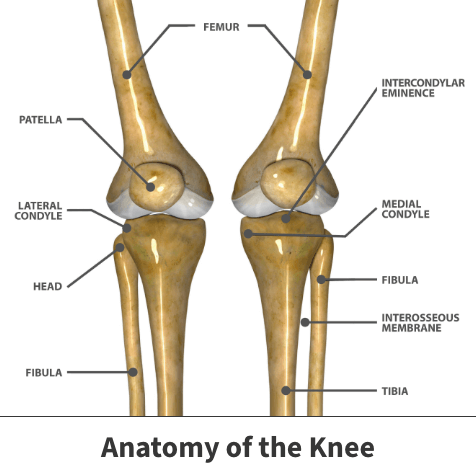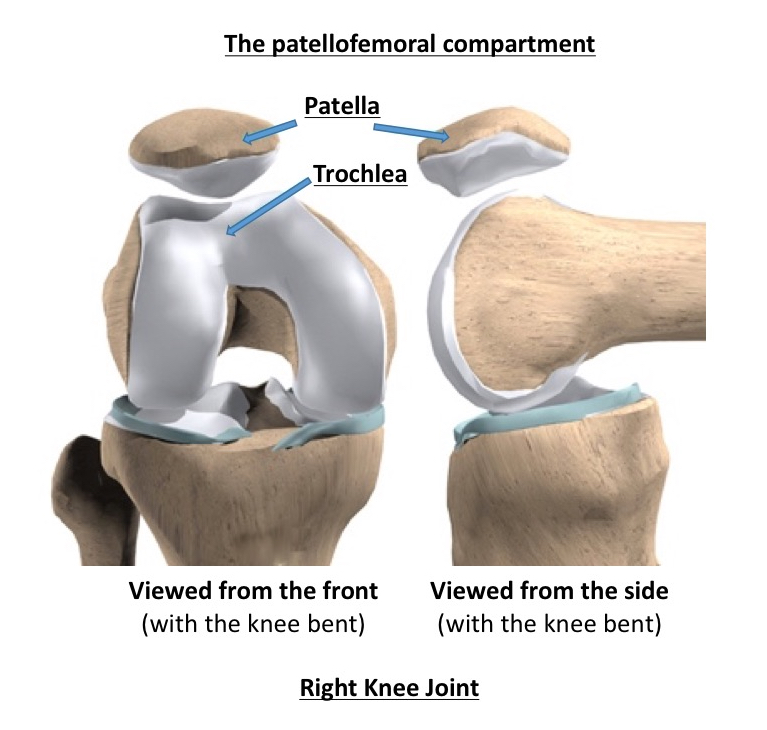

I’ve also seen many patients who are worse than before surgery.

I have seen many patients over my 20 years do very well without needing surgery for their degenerative meniscus tears when they also had medial joint space loss. Even “minimally invasive” surgery such as arthroscopy. So-called cleanouts or surgery on only the meniscus tear do not work because the surgery does nothing to treat osteoarthritis. Arthritic knees are cranky and do not like meniscus surgery. When you suffer from arthritis and meniscus tears the best strategy is to try and avoid meniscus surgery. That represents medial joint space loss and moderately severe osteoarthritis of the medial compartment. On the second X-ray below you can see that the space between the bones is less than in the normal X-ray above. When arthritis progresses to a certain point we will start to see the changes on your X-ray or MRI. It is very common to lose cartilage on the inner or medial side of the knee first. That means that there is a normal amount of cartilage on both sides of the knee.Īs arthritis progresses, you will lose cartilage in the knee. Between the two bones is the joint space. In the upper X-ray on the right notice the thigh bone above, and the shin bone or tibia below.

The medial, or inner compartment is the most common area for arthritis to start. When osteoarthritis starts, it usually does so in one of the three compartments in the knee. Therefore if you have less cartilage, you have less cushioning which can lead to pain, swelling, and weakness. Arthritis means that you have started to lose cartilage off the end of the bone. That means that you did not develop this from exercising too much. Interestingly, the arthritis is often not due to wear and tear. Our parts wear out, and arthritis and meniscus tears can be the result. It is very common for meniscus tears to coexist in arthritic knees. Normal knee Xray with normal space between the bones What is Medial Joint Space Narrowing? We have had many blogs posts here about meniscus tears: So along with the cartilage loss, which causes the narrowing, you also tend to overload the meniscus and it begins to tear too. These degenerative meniscus tears tend to occur because that side of the knee is wearing out. For many of us, once we hit middle age it is very common to have a degenerative meniscus tear in the setting of medial joint space narrowing or osteoarthritis. In patients who rush to the doctor’s office, it is not uncommon for your doctor to order an MRI. Anti-inflammatory medications might help… we will talk more about treatments down below. After a few weeks, the pain tends to subside or improve on its own. When the pain first occurs it tends to be very painful. That’s because the swelling implies that there is more inflammation, which causes more pain. In general, people with medial osteoarthritis or medial joint space narrowing will have more pain if the knee is swollen. Swelling will often accompany osteoarthritis because it is an inflammatory condition. On the X-ray above you see that the bones are touching one another on the inner side. Medial joint space narrowing means that you have osteoarthritis on the inner side of your knee. Sometimes that pain will follow an injury, and sometimes it simply crept up on you and you cannot recall any recent injury. Sometimes they are searching for remedies… and a few remedies exist. Sometimes people are searching the term medial joint space narrowing because they are nervous. Knee pain due to arthritis can be disabling, or the pain can be mild. Medial joint space narrowing is a long-winded way of saying you have arthritis on the inner, or medial side of your knee. Medial joint space narrowing is a common term many of you will see in your x-ray and MRI reports.


 0 kommentar(er)
0 kommentar(er)
